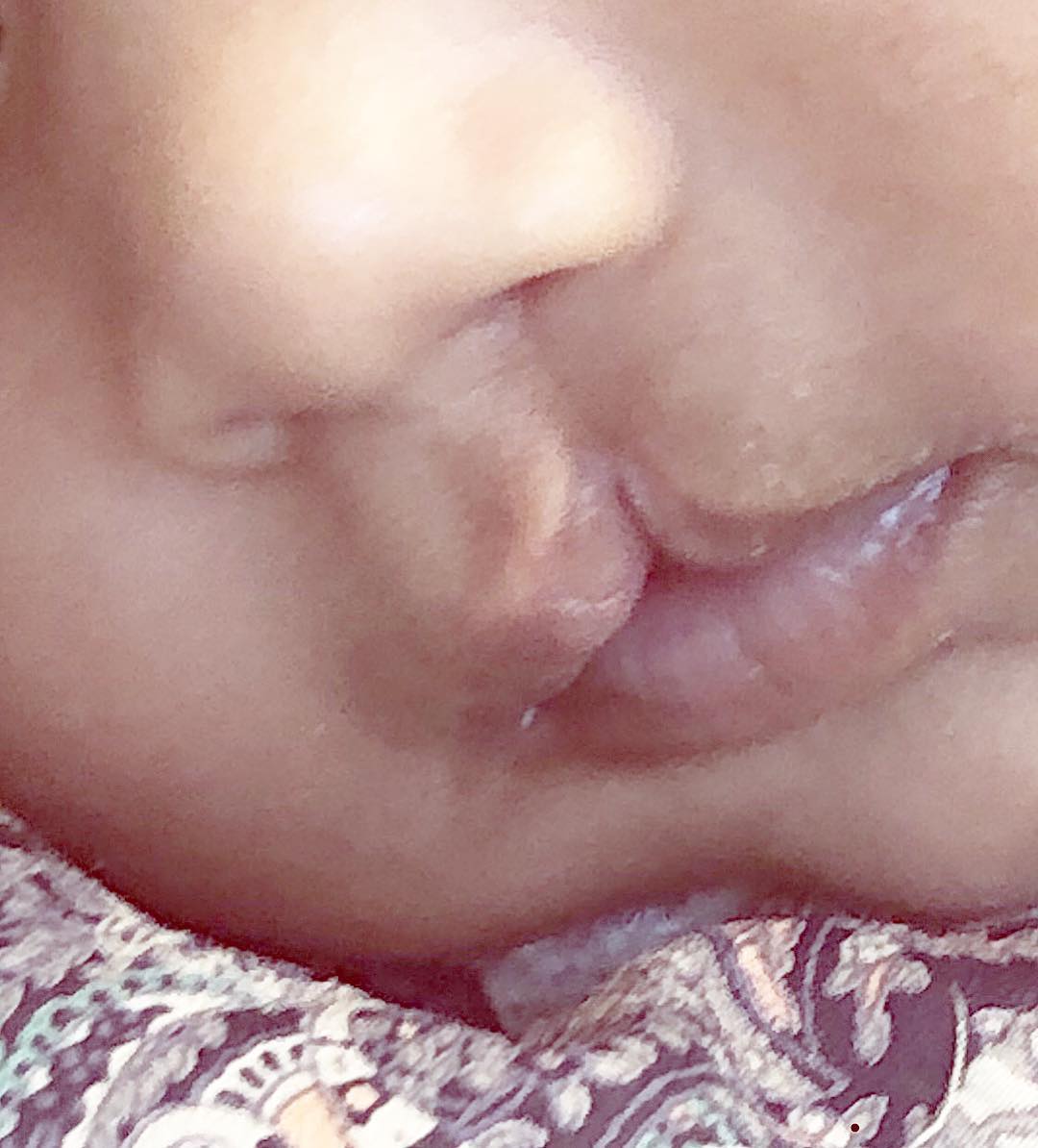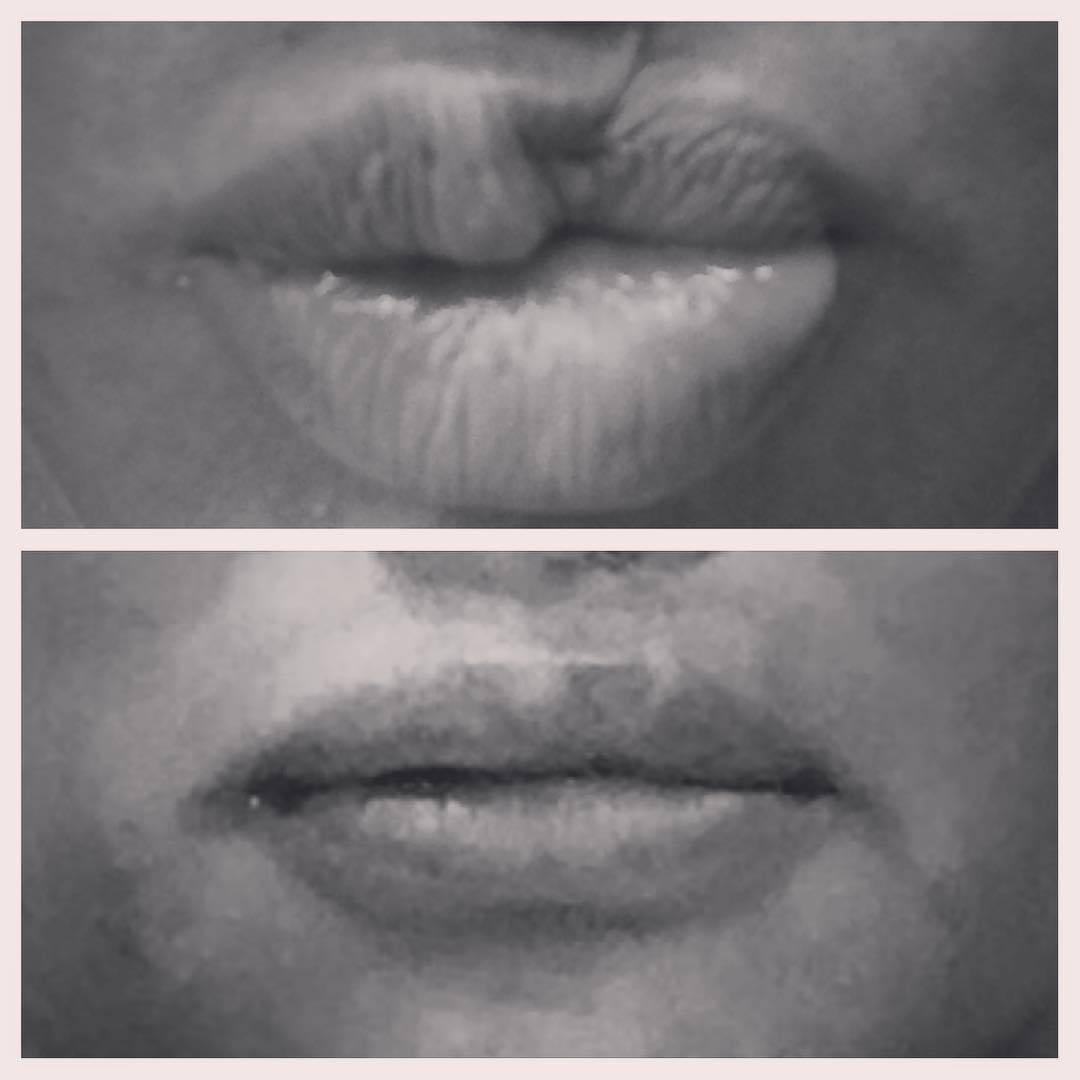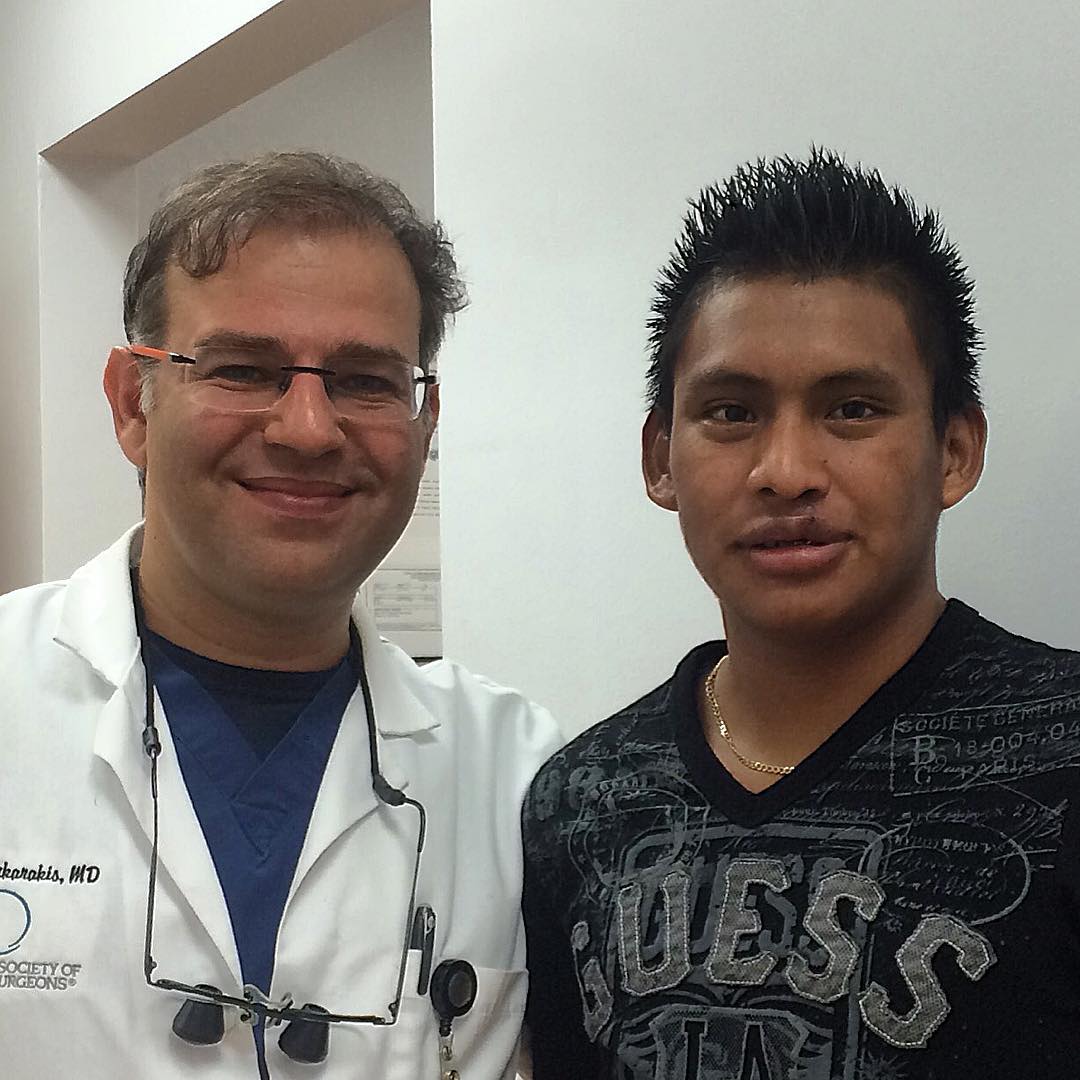
This page discusses cleft lips and how cleft lip surgery by Dr. Varkarakis can be an effective surgical treatment. Orofacial clefts involve various congenital deformities that is usually presented as a cleft lip with or without cleft palate (CLP) or an isolated cleft palate. CLP is classified as one of the most common congenital birth issues in the U.S. after Down Syndrome. According to statistics, almost 7,000 babies are born with cleft lips in the U.S. annually. A cleft of the lip or palate occurs when the baby is born with an opening in the upper lip or the palate (roof of the mouth). A cleft lip can be on one side of the lip or on both sides. Clefts ranges in sizes. Some can be just a small notch while others extend from the lip through the upper gum and into the nostrils, which is considered a complete cleft lip.

The bones and skins of the baby’s upper jaw, nose and mouth normally fuses together to form the upper lip and roof of the mouth during week 6-10 of the pregnancy. A cleft is commonly related to genetic factors while various environmental factors such as medications and lack of prenatal nutrients may increase the risk. Babies with cleft lips are usually associated with speech problems. These children’s voice may produce a nasal sound, making their speech more difficult to understand. Cleft Lip Surgery may fix these problems entirely, depending on individual case. An opening in the palate causes food and liquids to pass back from the mouth to the nose, leading to eating problems. Children with a cleft lip palate are required to wear a man-made palate to aid them in eating properly and receiving their adequate nutrients until a surgical treatment is provided. Besides that, children with cleft lip or palate are exposed to a higher than usual number of cavities and often have displaced or missing teeth which requires dental treatment.

To fully repair a cleft lip or palate, the patient requires extensive treatment and several surgeries depending on the cleft condition. Most surgeries are conducted when the baby is around 3 months old. Surgeries are mainly performed to improve the appearance of the lip and nose, close opening between the mouth and nose, aids in breathing and stabilize and realign the jaw. For children with a cleft palate, they first need a functional palate which reduces the chances that fluid will develop in the middle ear and promotes proper development of the facial bones. They also need a bone graft to fill in the upper gum line to support their permanent teeth. A bone graft is carried out when the child is about 8 years old. In general, babies born with a cleft palate faces more risks and side effects than a baby with a cleft lip.

As of now, surgical correction is the central to the cleft treatment approach. An ideal surgery outcome is where the surgeon perfectly restores functions including breathing, speech and aesthetics, while preserving the normal growth potential in the affected area. In most cases, cleft lip repair surgery is often complicated by multiple distortions in the anatomical structures which may lead to different level of severity. These challenges hugely depend on the patient’s cleft presentation; unilateral, bilateral, narrow or wide cleft. To fully address the functional and cosmetic deformity of the cleft lip, surgery should include an intact creation and an appropriately sized upper lip. This repairs the underlying muscular structure problem leading to normal oral competence and function. In most cases, a cleft lip is repaired around 10-12 weeks after birth. Pre-surgical procedures are crucial in obtaining the best result during the definitive surgical repair of the cleft lip.
Lip adhesion is one of the preliminary procedures to convert a complete cleft lip into an incomplete cleft lip to reduce the tension during the definitive surgical repair. However, this treatment is less favored as the patient is required to undergo additional surgeries which may lead to increased scar formation. Various popular techniques have been used in definitive surgical repair. Modern repair techniques generally utilized the lateral lip flap to fill in the defect from the clefting of the lip. The straight-line technique, on the other hand, may lead to contracture due to shortening of the lip as excess tissue along the cleft is sacrificed to form the closure of the lip. Rotation advancement techniques, however, recognizes the importance of repositioning the lip muscle and achieving aesthetic at the same time. This technique utilizes the displaced lip segment and the lateral lip flap to correct the defect below the nose, which preserves the Cupid’s bow.
In conclusion, treatments and services for children with orofacial clefts depends on the severity of the cleft in each individual, the child’s age and the presence of other associated syndromes or birth defects. Most of the time, children with orofacial cleft may need dental, orthodontic care or speech therapy. With the right treatment and after care, most children lead a healthy and normal life like any other individual.